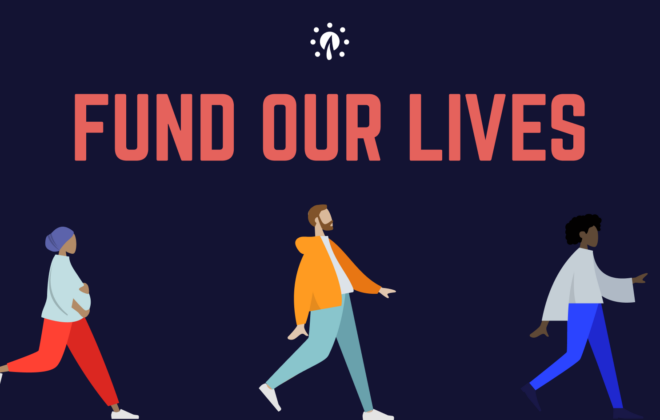Education equity helps Minnesota students | StarTribune.com – 6/13/12
Article by: VINA KAY
June 13, 2012 – 8:23 PM
Counterpoint
We wish to offer some clarity in the storm of hysteria the “danger zone” piece tried to stir up.
The Education Equity Organizing Collaborative, cited as working with the Minnesota Department of Education to create standards for measuring equity, is made up of multiple community groups from across the state.
We are not a “state-funded education organization,” but rather a collaborative of nonprofit groups who share a commitment to equity in education. We represent various communities of color, so we value multiple perspectives and roads to arriving at better education opportunities and outcomes for Minnesota students.
Focusing on outcomes is a logical way to assess how students are doing. From standardized testing, we know that Minnesota has one of the largest achievement gaps for students of color in the nation.
Paying attention to other outcome gaps — access to early childhood education, suspension rates, enrollment in advanced courses, graduation rates, college enrollment — tells us more. Students of color and American Indian students are facing barriers to many key opportunities along the way, all of which lead to a gap in education achievement.
Removing barriers and making education more equitable will not mean that every child achieves at the same level. But it will give each child the opportunity to fully experience the benefits of education.
So, yes, we do care about outcomes. We all should, especially when they show the disparities we are seeing in Minnesota. But stopping there will not lead to solutions. We see equity as the core of those solutions. We define equity as different from diversity (variety) or equality (sameness). We borrow from author Vernon Wall when he says, “Equality means everyone gets a pair of shoes. Equity means everyone gets a pair of shoes that fit.”
Given the disparities we see, an intentional race-conscious approach is necessary. Minnesota’s students of color fare worse than do students nationally, in a state where white students tend to achieve at higher rates than do students nationally. What does that tell us? One, that we have the tools to provide students with one of the best educations in the country. But also that our schools are not working for all students equitably. Changing that requires being open to equity-minded thinking.
For example, if African-American boys are being disciplined and suspended at disproportionately high rates, and as a result are spending large amounts of time outside the classroom learning environment, we must ask what we can do to change that.
How do we determine whether students receive suspension? Are more positive discipline alternatives possible that would help them remain in the community? The Positive Behavior Interventions and Supports process gaining traction in many schools is one step in the right direction. Many more are possible.
Other opportunities for equity-minded thinking may occur at a district or statewide level. If students of color have less access to high-quality early childhood education, which affects their readiness for kindergarten, what can we do to change that?
Early education scholarship funding provides an opening. The Parent Aware ratings system makes information about high-quality programs available to parents. How do we make sure programs like this are working effectively? How do we build on them to create better access?
Integration policies play a role as well. Our multiracial, multicultural collaborative recognizes that integration plays out differently in different communities. Sometimes cultural groups desire programs or even schools that focus on a particular cultural perspective.
But at the same time, segregation imposed by neighborhood poverty and housing discrimination, as well as the inadequate resources that seem to follow segregated schools, continues to add to the barriers that students of color face.
There is no one answer, and there is no one party responsible for making education work better. But all of the solutions require intentional effort and shared responsibility from families, communities and schools, and from our leaders. We owe that degree of commitment and accountability to all children. The costs of inequity are far too high to ignore.
———————
Vina Kay is director of research and policy for the Organizing Apprenticeship Project. This article was submitted on behalf of the Education Equity Organizing Collaborative, which also includes the African American Leadership Forum, the BRASS/Clayton Jackson McGhie Memorial Committee, Centro Campesino, the Coalition of Black Churches, HACER, Hope Community, ISAIAH, MIGIZI Communications, the Somali Action Alliance and Think Small.
Education equity helps Minnesota students | StarTribune.com.
Tags In
Related Posts
Categories
- Announcements (11)
- Childcare (8)
- Community Safety (10)
- Criminal Justice (18)
- Democracy (28)
- Economy & Jobs (27)
- Education (16)
- Environment (11)
- Faith (15)
- Health (22)
- Housing (30)
- Immigration (31)
- Islam (11)
- Newsletter (34)
- One Body (2)
- Other Issue Work (14)
- Public Safety (3)
- Report (7)
- Transit (19)
- Uncategorized (40)
- Working Families (18)


